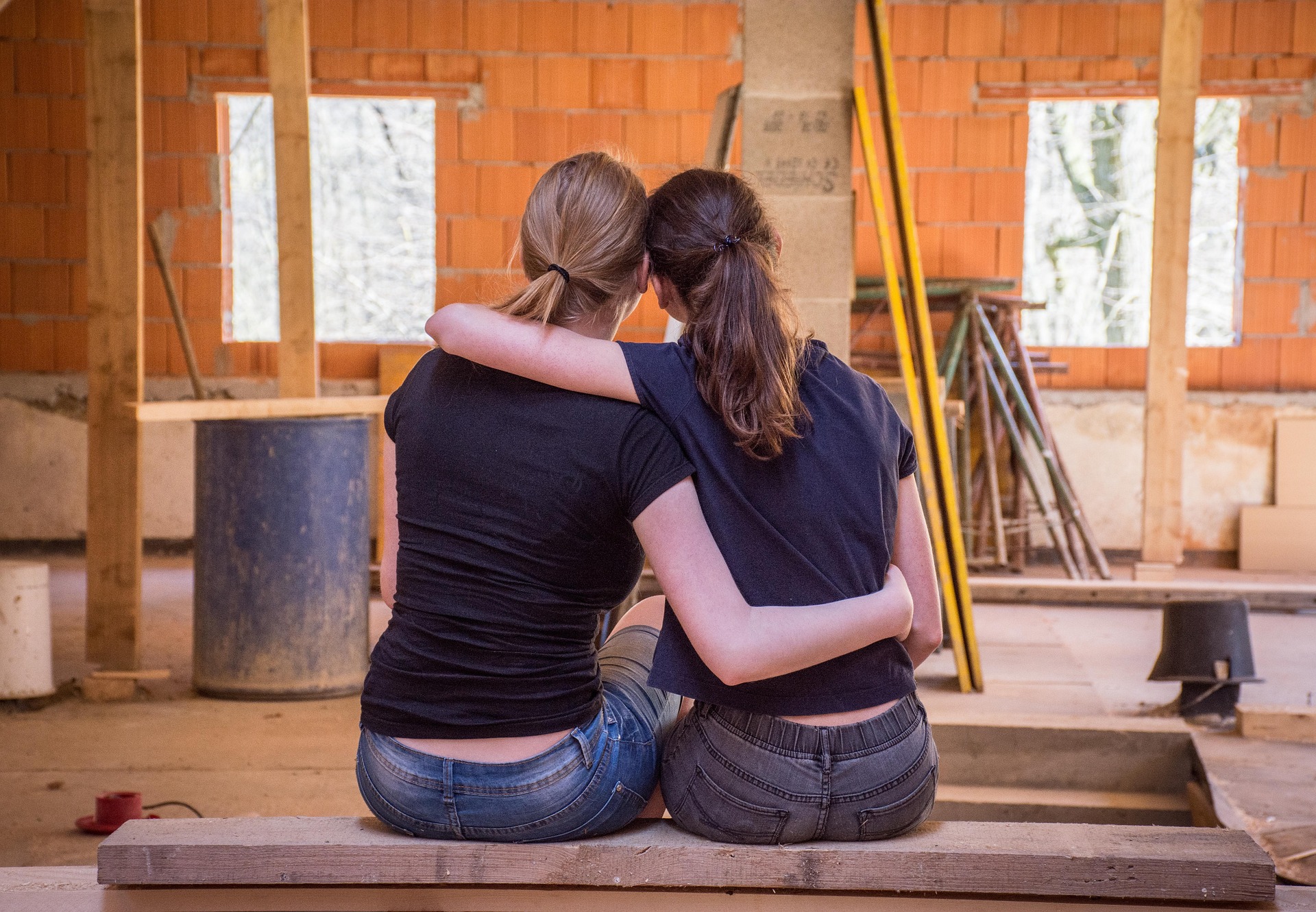The Intriguing Emergence of Slow Living in a Fast-Paced Society
In an increasingly fast-paced world, a counter-cultural trend is quietly gaining momentum—slow living. This article delves into the fascinating emergence of this societal shift and its implications for our modern society. Read below to explore this captivating phenomenon.

The Historical Context: Fast Living Becomes the Norm
In the wake of the industrial revolution, society underwent a significant transformation. The rapid pace of technological advancements and urbanization instilled in people a relentless pursuit of efficiency. This ‘fast living’ culture, characterized by constant busyness and a never-ending race against the clock, became the norm. However, this relentless pace began to take a toll on individuals’ mental and physical health, sparking the beginnings of a pushback.
The Rise of Slow Living: A Response to Fast-Paced Lifestyles
In response to the stress and burnout induced by fast-paced lifestyles, the concept of slow living began to emerge. Rooted in the Slow Food movement that originated in Italy during the 1980s, slow living advocates for a more mindful, relaxed pace of life. It encourages individuals to savor experiences, engage deeply with their surroundings, and prioritize quality over quantity.
The Cultural Shift towards Slow Living
In recent years, there has been a noticeable shift towards slow living across various spheres of society. From slow fashion and slow travel to slow food and slow parenting, this cultural trend is permeating multiple aspects of life. The proliferation of mindfulness practices, the growing popularity of minimalistic living, and the resurgence of artisanal crafts all point towards a cultural shift favoring slow living.
Slow Living: Implications and Significance
The slow living movement holds significant implications for modern society. It offers an antidote to the stress, burnout, and disconnection often associated with fast-paced lifestyles. By promoting mindfulness, connectedness, and a deeper appreciation for life’s simple pleasures, slow living has the potential to enhance individuals’ well-being and foster more sustainable, fulfilling lifestyles.
The Future of Slow Living
While it is difficult to predict with certainty, the slow living movement seems poised for growth. As society grapples with the mental health crisis, environmental concerns, and the quest for meaningful connections, slow living’s appeal is likely to continue growing. It offers a compelling alternative to the relentless pace of modern life, advocating for a culture that values quality, sustainability, and well-being over speed and efficiency.
In conclusion, the emergence of slow living presents a fascinating counterpoint to the fast-paced culture that dominates modern society. It offers a refreshing perspective on what it means to live a fulfilling life, challenging the conventional wisdom that ‘faster is always better’. As this trend continues to gain traction, it will be interesting to observe how it shapes our societies in the years to come.





